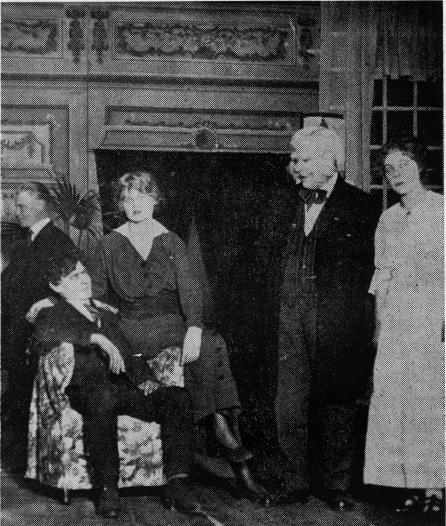1912, and of them 52 were women. To measure the popularity of this political philosophy, it might be stated that in 1911 there were 134 Minneapolis subscribers to the Työmies, Finnish-language leftist newspaper; thirty-five years later, the Työmies, transformed into a communist paper, had 50 subscribers in Minneapolis, and the communist Naisten Viiri, a women's periodical, had 23 subscribers.
The Minneapolis Finnish Socialists, who from the very start sent delegates (usually John E. Sala and Erich Hook) to the city and state-wide Socialist Party meetings, built their own hall in 1913, a popular social gathering place, and a cultural center as well, with its dramatic groups (Frans Eklund, John Steckman, Victor Sainio, Hilja Ahonen-Steckman, Ida Loukola, Helmi Mäkelä, Arvo Närki, Saima Seppälä, Lyydi Koski and Fanny Sala were particularly active) its bands, its gymnastics and sports programs - a popularity that was paralleled in other areas where there were concentrations of Finns. W. M. Rein in his book, Nuoriso, Oppi ja Työ ("Youth, Learning and Labor") gives a partial explanation of this manifestation : "Why do the workers have their own halls, their theatricals, their socials?" he asks, and goes on to answer: "For the same reason that they have their own newspapers, literature and even schools. For classconscious education and recreation. Even
recreation is partisan in a society that has classes, and even the average stage productions are infiltrated with capitalist propaganda. The workers' societies try to carry out counter-propaganda in all fields."

The theatre group's first actors presenting "The
Happy Bridegroom": unknown, F. Eglund, Mrs.
Paavola (Halonen), J. Sala and Elli Rossi.
122